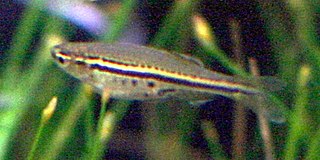
The spotted danio or dwarf danio is a tropical fish belonging to the minnow family (Cyprinidae). Originating in northern Myanmar, this fish is sometimes found in community tanks by fish-keeping hobbyists. It grows to a maximum length of 1.5 inches (3.7 cm).
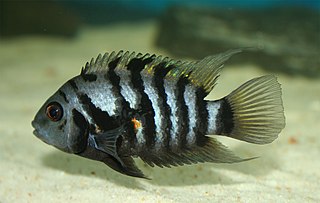
The convict cichlid is a fish species from the family Cichlidae, native to Central America, also known as the zebra cichlid. Convict cichlids are popular aquarium fish and have also been the subject of numerous studies on fish behaviour.

The blackstripe cardinalfish, Ostorhinchus nigrofasciatus, is a cardinalfish from the Indo-Pacific. A yellow-black striped fish, it occasionally makes its way into the aquarium trade. It grows to 10 cm in length.
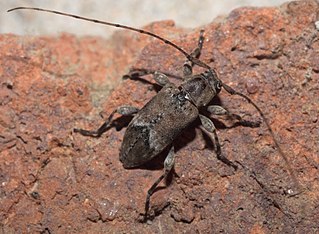
Styloleptus is a genus of longhorn beetles of the subfamily Lamiinae. It was described by Dillon in 1956.
Lissonotini is a tribe of beetles in the subfamily Cerambycinae, containing a single genus, Lissonotus, and the following species:
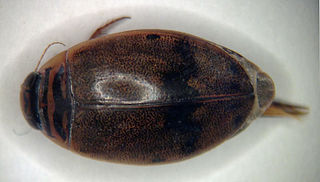
Thermonectus nigrofasciatus is a species of diving beetle native to the eastern United States. T. nigrofasciatus is distinguished by its black, postmedian transverse blotch on its elytra, hence "nigrofasciatus."
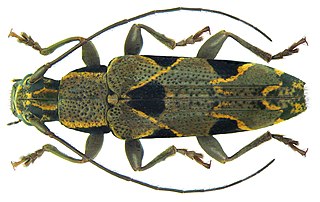
Tmesisternini is a tribe of beetles in the subfamily Lamiinae containing the following genera:
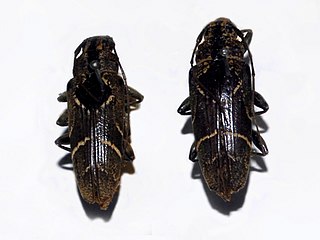
Tmesisternus is a genus of longhorn beetles belonging to the family Cerambycidae, subfamily Lamiinae.
Cylindrepomus is a genus of longhorn beetles of the subfamily Lamiinae, containing the following species:
Cylindrepomus nigrofasciatus is a species of beetle in the family Cerambycidae. It was described by Blanchard in 1853. It contains the varietas Cylindrepomus nigrofasciatus var. fulvithorax.
Blepephaeus nigrofasciatus is a species of beetle in the family Cerambycidae. It was described by Pu in 1999. It is known from China.
Cereopsius nigrofasciatus is a species of beetle in the family Cerambycidae. It was described by Per Olof Christopher Aurivillius in 1913. It is known from Borneo.
Tmesisternus agriloides is a species of beetle in the family Cerambycidae. It was described by Francis Polkinghorne Pascoe in 1867.
Tmesisternus brassi is a species of beetle in the family Cerambycidae. It was described by Gressitt in 1984.

Tmesisternus distinctus is a species of beetle in the family Cerambycidae. It was described by Jean Baptiste Boisduval in 1835.
Tmesisternus dubius is a species of beetle in the family Cerambycidae. It was described by Xavier Montrouzier in 1855.
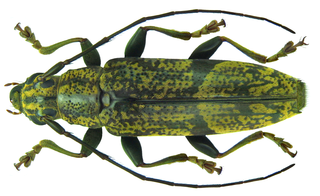
Tmesisternus griseus is a species of beetle in the family Cerambycidae. It was described by James Thomson in 1865.
Tmesisternus jaspideus is a species of beetle in the family Cerambycidae. It was described by Jean Baptiste Boisduval in 1835.
Tmesisternus schaumii is a species of beetle in the family Cerambycidae. It was described by Francis Polkinghorne Pascoe in 1867. It is known from Moluccas, Australia, and the Solomon Islands.
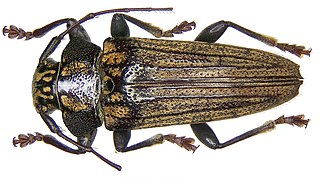
Tmesisternus venatus is a species of beetle in the family Cerambycidae. It was described by James Thomson in 1864.









